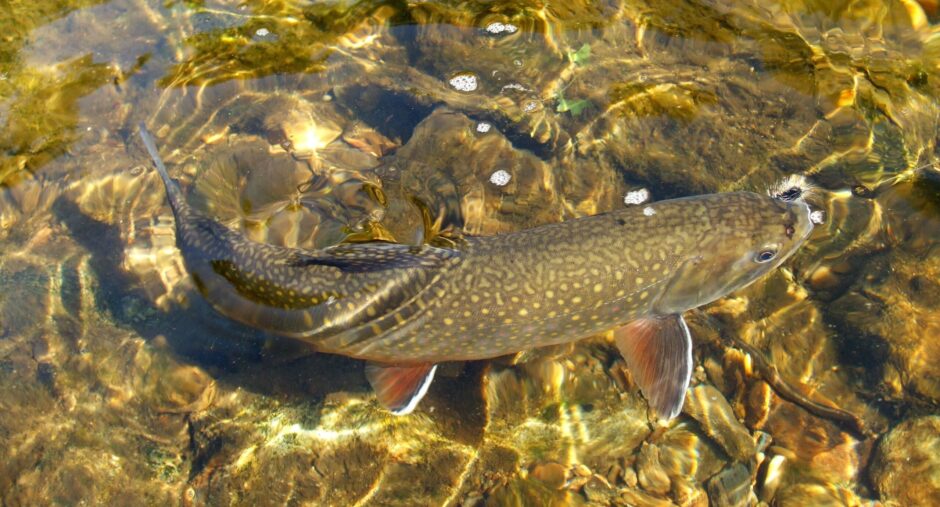How Stream Flows Affect Fishing
The stream flows can drastically affect the fishing for brook trout. In the spring in the mountain regions, the snow will melt and the rivers can get high and murky. This can make the fishing pretty difficult, so a lot of anglers will go fish the inland lakes where possible until the water flows recede. When the rivers and streams are at normal levels, you’re going to have plenty of places to target brook trout in the low to moderate current and in the many current breaks. When the water levels are low, you can usually find the trout grouped up in big numbers in the deeper pools in the rivers.
Fly Fishing in Rivers & Streams
Brook trout are great for beginner fly fishermen. They are fairly small, averaging less than 12 inches in length, but they are very aggressive and they will eat almost anything you can find in your fly fishing box. Brook trout prefer areas of the river or stream that offer plenty of protection. Deep holes, undercut banks, brush, log jams and any other type of cover in the stream or river will be a good place to fish for brook trout.
Water Temperature
Water temperature will definitely play a huge role with trout. Brook trout thrive in cold water and will become stressed out in warmer water temperatures. Once water temperatures get into the upper 60s and low 70s, brook trout can become stressed and they will usually try to find the deeper, colder water. On most cold water rivers, the water temperatures won’t get too warm even in the middle of the summer, which is why brook trout thrive in rivers up north and in the mountains.
How the Spawn Affects Them
Brook trout normally spawn in the fall when water temperatures fall into the low 50s and upper 40s. A good rain coinciding with the water temperature drop in the fall will usually push the brook trout into spawning.
